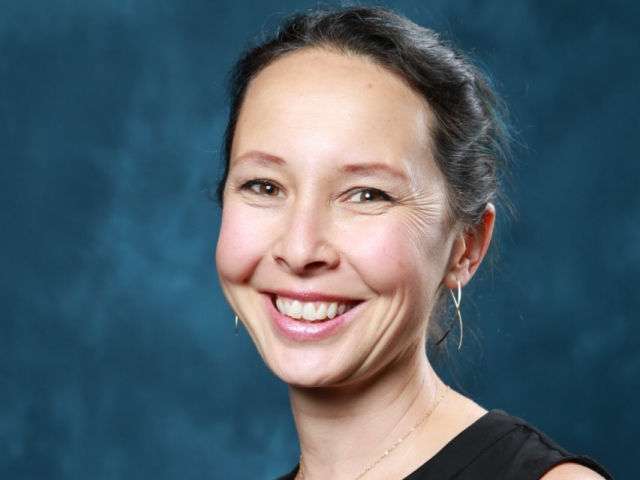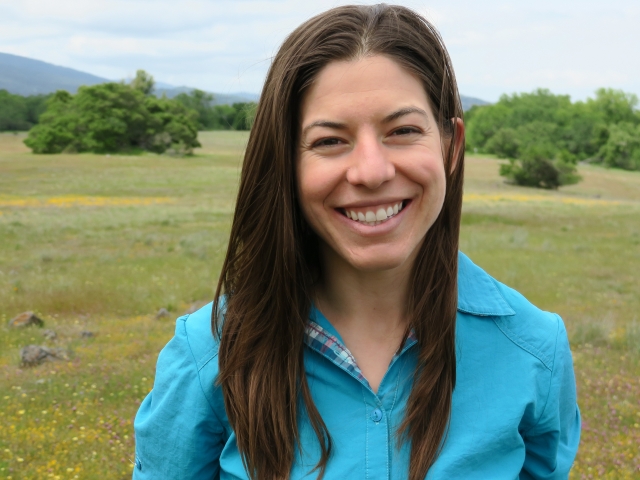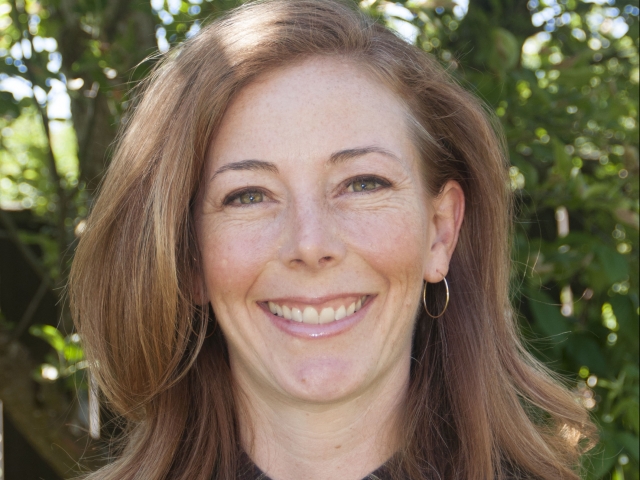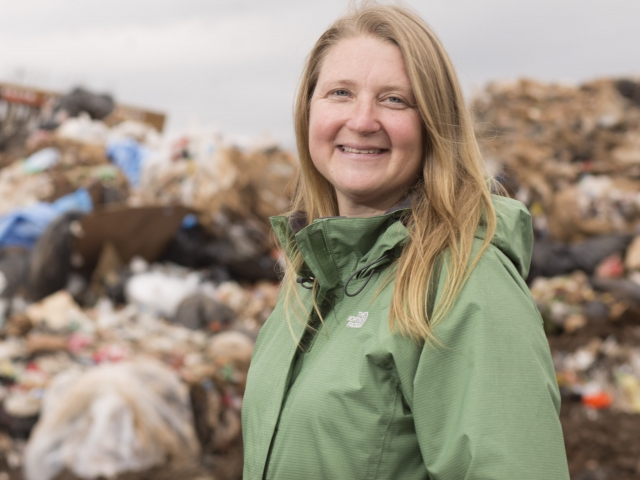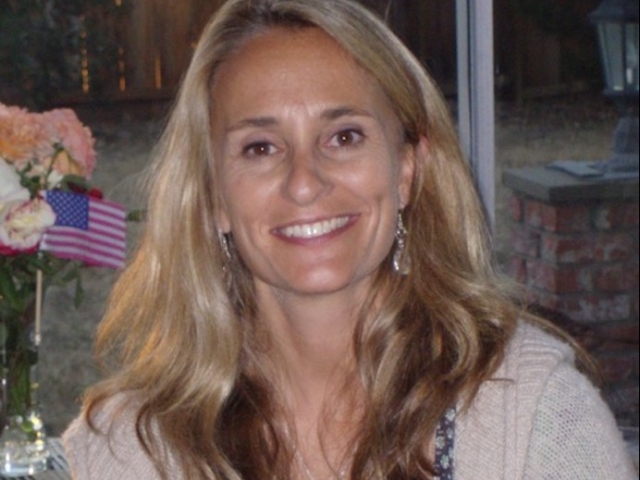NCEAS Portraits: Women in Science Edition
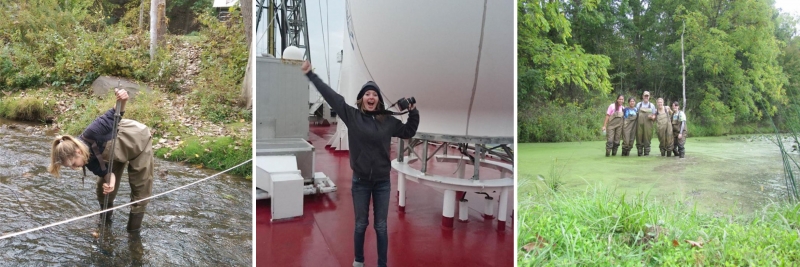
A common rallying cry for supporting women in science is to raise their visibility and highlight their contributions. As Google’s Megan Smith and Brian Welle put it in a 2014 piece for Scientific American, visibility matters – a message that resonates still today, nearly four years later.
So, in honor of International Women’s Day on March 8th, we are doing our part to raise the profile of women in science by highlighting a few of the remarkable women from the NCEAS community for an expanded edition of NCEAS Portraits. And with so many accomplished women, picking just a few was a challenge!
The proportion of women in our working groups – where much of the scientific discovery at NCEAS happens – has risen substantially since our beginnings in the mid-1990s, thanks in part to mindfulness within our community about the need for equal representation.
In 1997, just 21 percent of working group participants identified as women. Our newest complete stats, from 2016, show that 43 percent of participants were women. While our gender representation is still shy of exactly equal, the trend is positive and our mindfulness and pursuit of equality persist.
One reason, among many, equal representation of women is important is that it may actually lead to higher quality science. In a 2013 PLOS One paper, Lesley Campbell and colleagues studied perceptions of research quality among NCEAS working groups with higher gender diversity versus those consisting of high-performing individuals who were of the same gender.
They found working groups with higher gender diversity tended to get more citations, which implies their peers perceive their work as of a higher quality. As a result, they argue promoting gender diversity in working groups not only promotes representation and fairness, but also may lead to better science.
In my conversations with the five women scientists featured here, and despite my small sample size, what struck me were the common threads that emerged as they shared their experiences working in the collaborative environment provided by NCEAS and other synthesis science centers. A few of the things they think matter for supporting and empowering women in working groups include effective group dynamics and leadership, mentorship, and of course, representation.
But I’ll let them speak for themselves. Without further ado, meet five of the nearly 1700 female scientists who have been part of the NCEAS community to date (and follow our NCEAS #WomenInScience blitz on Twitter to hear from a few more).
-
Amber Budden, Open Science and Work-Life Balance Advocate
"Working groups are a great opportunity for a more level playing field."
Read -
Lauren Hallett, Community-Minded Thinker for People and Plants
"I think diverse representation in our academic institutions is essential."
Read -
Stephanie Hampton, Data Synthesis and Mentorship Enthusiast
"We all need mentors, and it's insane to stop using them."
Read -
Jenna Jambeck, Trash Expert and People Junkie
"We need more women at the highest levels of leadership as examples."
Read -
Fiorenza Micheli, Systems Thinker for Oceans and Women Scientists
"I feel synthesis centers play an important role in contributing to equity in science."
Read
NCEAS Portraits feature the people behind our work and impact.

